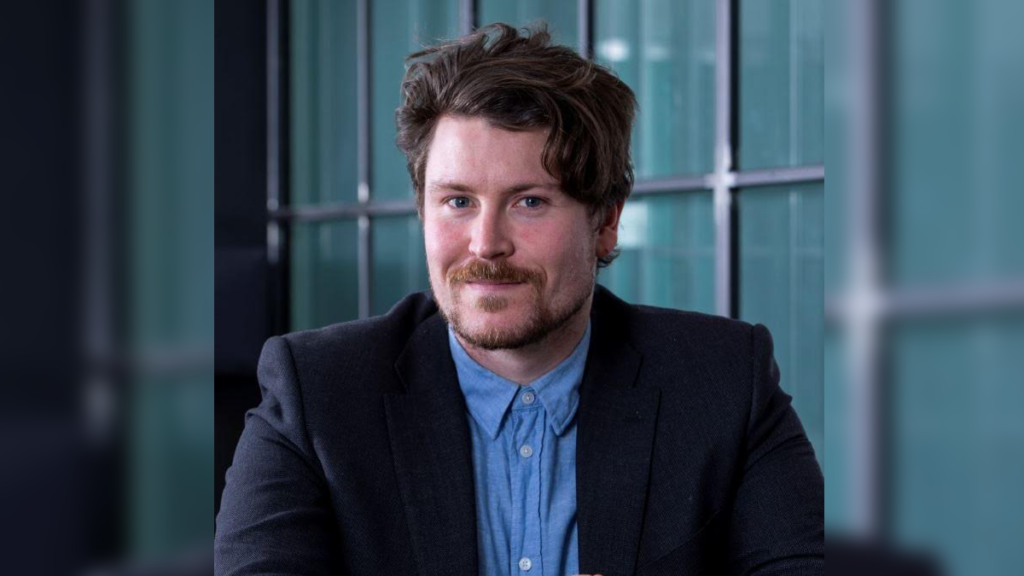Liam Brennan, Global Director of Innovation, MediaCom is one of our industry’s preeminent thinkers in innovation and NDA’s monthly columnist.
Steven Spielberg’s 1993 blockbuster Jurassic Park is full of iconic film moments. From John William’s grandiose score, to those first majetic shots of Brachiosaurs wandering the open fields looking for food, to finally watching the cast run for their lives through dark jungles, avoiding being devoured by a Tyrannosaurus Rex.
What often seems like a great idea on paper can turn out to be quite the opposite, and the Jurassic Park in Jurassic Park is a good example of that. The bigger and bolder the idea, the greater the risk and the larger, and longer lasting, the damage.
Early in the film, John Hammond, Jurassic Park’s creator, presents his vision for his cloned dinosaur park to a group of scientists and a lawyer representing the park’s investors. The lawyer’s enthusiasm for Hammond’s big idea is apparent when discussing the potential for high, scaled ticket prices, park expansion plans and lucrative merchandising opportunities.
But there is one sole dissenting voice in the room, Dr Ian Malcolm, played by Jeff Goldblum.
“You were so preoccupied with whether or not you could, you didn’t stop to think if you should.”
This counter to the lawyer’s excitement (which I call Goldblum’s Rule) beautifully foreshadows the chaotic events that occur later in the film, but it also has wider ranging application for business, particularly in the fields of media, advertising and marketing.
It’s very easy to be excited by ‘newness’. We are always striving to be ‘the first’, demonstrating to clients that we’re constantly moving the account forward, staying one step ahead of competitors, or being on the lookout for that new ‘thing’ that will generate headlines in the marketing press and trophies on the mantelpiece.
But just because something is new does not necessarily mean that is better than what has come before.
Similarly, newness in process or method, is not always progress. I have, and continue to see platforms, technology and tools held in higher regard because they are a ‘new way’ of operating, often with added complexity, rather than being a force for positive change.
The cautious approach of Goldblum’s Rule should always be applied when examining the new and untested. Brands and agencies must always first establish why things work and why they’re working well (or not), before looking at ways to improve, or seeking new methods or partners that evolve the current approach. Often the old is better than the new.
Of course, new opportunities and ways or working can, and often do, add value. But the greatest chance of success comes when we are clear on what needs to be improved and provide reason or role for the new product/method being implemented.
The best Innovation is structured. Innovation is about embracing the new and different but should always be framed around clear business-oriented goals, with a view to scale.
Taking risks, being brave, moving at pace and being agile may well all be important cultural and structural changes that need to occur in order to deliver an innovation workstream. But if you set these as goals in and of themselves, you’re preparing to celebrate the ‘could’ rather than the ‘should’.
There are five simple questions I always ask before progressing with any experimentation or implementation of a new method or solution.
- What is the business challenge/opportunity?
- What’s the value to the business if we can solve?
- Where in the process/current solution do we need to change?
- What does success look like (and what is the KPI)?
- How would this scale across the business?
These questions not only help to better frame projects and develop a route to scale, they also define a role and tangible value to the innovation/experimentation workstream undertaken.
They also help put an early end to bad ideas and directionless innovation, sometimes triggering a revaluation and tweaked reapplication of tried and tested methods, making those new and shiny objects appear expensive, ineffective, or indeed counterproductive.
Whilst it’s unlikely a brief to open a theme park for cloned dinosaurs will land on our desks any time soon, we should refer to Goldblum’s Rule as a circuit breaker for projects or workstreams where we want to apply the new and untested.
Yes, do continue to get excited by and explore the new, but always be clear on why you’re doing what you’re doing, and whether the new solution or method is moving the business forward or not.
Focus on whether you should, not whether you could, and all things going well, life will find a way.








